There is a peculiar, almost mischievous quality to the humble pineapple. Its vibrant, spiky crown promises a taste of the tropics, a burst of sweet, tangy sunshine. Yet, for all its allure, the experience of eating too much of it can be a curiously punishing one. A tingling sensation quickly blooms into a raw, tender feeling on the tongue and the inside of the cheeks, as if the fruit itself is fighting back. This is not a chemical burn or an allergic reaction in the typical sense, but something far more direct and biological. The very thing that makes the pineapple so irresistible is also its primary defense mechanism, a molecular mercenary hired to protect its sugary flesh: an enzyme called bromelain.
To understand this paradoxical relationship, one must first grasp the fundamental role of enzymes. These are not mere ingredients; they are specialized protein machines, biological catalysts that orchestrate the countless chemical reactions necessary for life. They are the unseen workforce of every cell, building up and breaking down molecules with breathtaking speed and precision. Each enzyme is a master of a single trade, its unique three-dimensional shape allowing it to lock onto a specific target molecule, its substrate, and transform it. The enzyme we know as bromelain is a protease, a class of enzymes whose trade is the meticulous disassembly of other proteins.
Bromelain is not a single entity but a powerful cocktail of protein-digesting enzymes found throughout the pineapple plant, Ananas comosus. Its highest concentration resides in the inedible core and the tough stem of the plant, a strategic placement for a defense compound. However, a significant amount also permeates the juicy edible fruit we so enjoy. For the pineapple, this is a brilliant evolutionary strategy. The fruit's purpose is to be eaten, but not necessarily destroyed. Its goal is to attract a large animal to consume it and later disperse the indigestible seeds far from the parent plant. An animal that gorges itself and damages every seed is a failure. The mild irritant effect of bromelain encourages moderation. It ensures a creature will eat a few pieces, feel the unpleasant sensation, and move on, leaving the rest of the fruit—and its seeds—intact for other dispersers.
The moment you take a bite of pineapple, the chemistry of invasion and defense begins. Your mouth, of course, is lined with a protective layer of mucosa, a slippery tissue whose structure and integrity are maintained by proteins. Saliva itself contains proteins like mucin that give it its viscous, lubricating quality. Bromelain, now liberated from the fruit's cells by your chewing, immediately gets to work. It indiscriminately attacks these proteins, breaking the peptide bonds that hold their intricate structures together. This enzymatic assault degrades the protective mucosal barrier, effectively stripping away a thin layer of cells and exposing the more sensitive tissue beneath. This is the source of the raw, bleeding feeling that can occur after eating a great deal of pineapple. It is quite literally a very mild, localized digestion of your mouth.
The sensation is temporary for a few key reasons. First, the enzymes are eventually washed away by saliva and swallowed. Second, and most importantly, they meet their match in the harsh environment of the human stomach. The gastric juices in your stomach are a potent brew of hydrochloric acid and powerful proteases like pepsin, designed to denature and dismantle proteins from your food. Once bromelain descends into this acidic cauldron, it is itself denatured—its precise three-dimensional structure is unraveled and destroyed, rendering it completely inactive. It becomes just another protein to be digested, its threatening catalytic power neutralized forever. This is why the "stinging" is confined strictly to the mouth; the enzyme never gets a chance to act further down the digestive tract.
This seemingly hostile property, however, has not escaped human curiosity and ingenuity. For centuries, in the tropical regions where pineapples are native, people have used the fruit not just as food but as medicine. They applied pineapple pulp to wounds and burns as a poultice and used preparations to treat indigestion. Modern science has uncovered the rationale behind these traditional practices, all linked to bromelain's protein-digesting ability. The enzyme is now extracted and purified on an industrial scale, becoming a valuable commodity in the food, cosmetic, and pharmaceutical industries.
In the world of medicine, bromelain is prized as a natural anti-inflammatory and anti-swelling agent. Its mechanism is thought to involve modulating the body's inflammatory pathways and breaking down certain compounds involved in causing edema, or fluid buildup. It is commonly used as a supplement to reduce swelling and speed up recovery after surgeries, particularly sinus operations and facial procedures. Athletes may use it to mitigate the inflammation associated with intense exercise and minor injuries. Furthermore, its ability to break down proteins has led to its use as a digestive aid for those who struggle to process protein-rich meals.
The food industry harnesses bromelain's power for a very different purpose: tenderness. It is a key component in commercial meat tenderizers. When sprinkled on a tough cut of meat, the enzyme fragments the long, tough protein strands in the muscle tissue and collagen, resulting in a much more palatable and tender product upon cooking. This is a controlled, external application of the same process that causes discomfort in your mouth. There is a crucial caveat, however. If left on for too long, the enzyme will work too thoroughly, turning the meat's surface into an unappetizing mush. The timing of its application is everything.
So, how does one enjoy this defensive fruit without succumbing to its defenses? Culinary wisdom across pineapple-growing cultures has developed simple, effective countermeasures. The most common and effective method is to heat the fruit. Cooking, grilling, or canning pineapple denatures the bromelain enzyme, permanently destroying its structure and its ability to break down protein. This is why pineapple on a pizza or in a jam never causes that characteristic sting. Another traditional method is to pair raw pineapple with dairy. Soaking pineapple chunks in salted water or a yogurt-based marinade is a common practice in many cuisines. The theory is that the bromelain will first attack the abundant and easily accessible proteins in the dairy, effectively using them as a sacrificial shield and becoming partially deactivated in the process before it can attack the proteins in your mouth.
The pineapple's sting is a beautiful and brutal reminder of the constant biological interplay between plants and animals. It is a story of evolution, chemistry, and adaptation. That tingling on your tongue is not an imperfection or a flaw; it is the signature of a sophisticated defense system, a molecular conversation between the plant's need to survive and our desire to enjoy its fruit. We have not only learned to tolerate this defense but have learned to respect it, circumvent it, and even co-opt its power for our own benefit. The next time you feel that familiar prickling sensation, you can appreciate it for what it is: a fleeting taste of the raw, untamed power of nature, masterfully packaged in a sweet, golden husk.
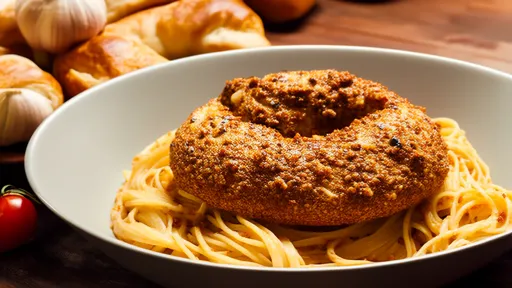
By /Aug 20, 2025
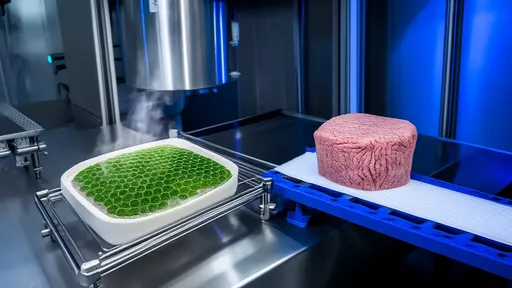
By /Aug 20, 2025

By /Aug 20, 2025
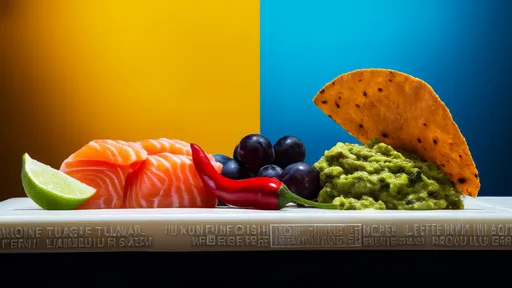
By /Aug 20, 2025

By /Aug 20, 2025

By /Aug 20, 2025
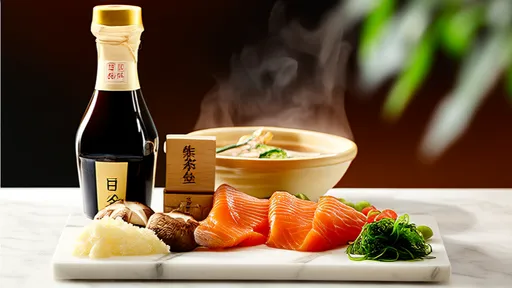
By /Aug 20, 2025

By /Aug 20, 2025
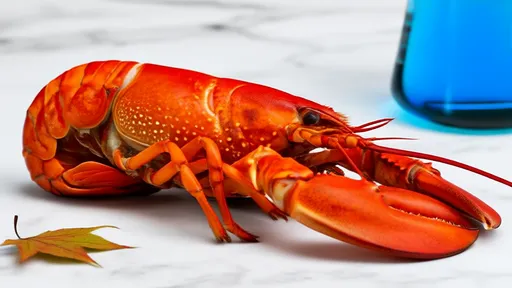
By /Aug 20, 2025
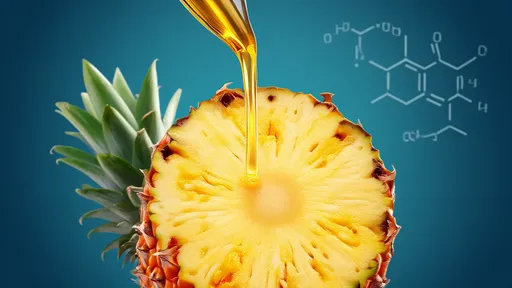
By /Aug 20, 2025

By /Aug 20, 2025

By /Aug 20, 2025
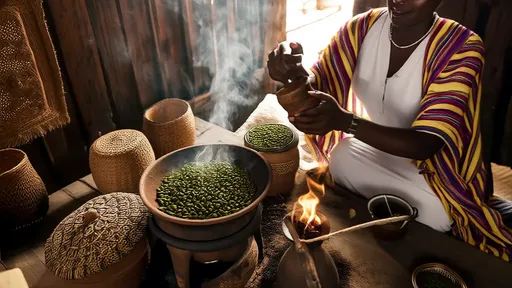
By /Aug 20, 2025

By /Aug 20, 2025
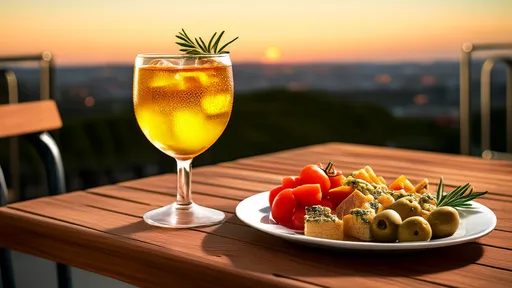
By /Aug 20, 2025

By /Aug 20, 2025

By /Aug 20, 2025

By /Aug 20, 2025

By /Aug 20, 2025

By /Aug 20, 2025